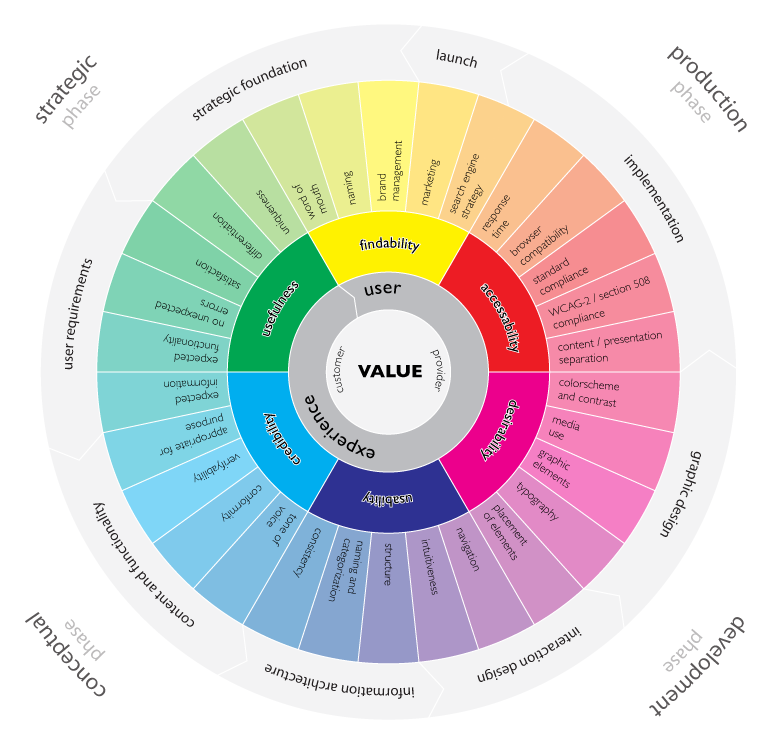

You can’t have it both ways. I mean, you might want to have it both ways, you might think that having it both ways, with some finagling, is possible, even though you know that one might, inevitably, cancel the other out, still you can’t have it both ways.
I’m thinking about something I used to tell clients when doing design work, web or print… I used to tell them about the ‘wants triangle’… that’s what I called it, somebody with a PhD in economics probably came up with it, but I heard it somewhere, picked it up and made it my own. It went something like this: ‘You can have it quick, you can have it cheap, you can have it good… but you can’t have all three, you have to pick two…’
Now, my argument about wanting both is binary, whereas this equation wasn’t. In both cases, though, client/organization/boss had to make a choice. And decisions, for the majority of us upright bipeds, are things of the greatest difficulty.
So, you can’t have it both ways.
That’s the preface.
When we talk about having it both ways what we’re talking about is making the choice between choosing to adopt UX practices or not.
At this point, not adopting UX if you make websites, software, or really any product that somebody has to use, which, I guess, is almost everything from dishwashers to urinal pucks doesn’t make a lot of sense. Admittedly, safety was never a primary concern for most automobile manufacturers, and when safety standards were finally adopted, these rules had to be foisted upon automotive manufacturers; hard to imagine, now, I know, but alas, that was the case… Cars and safety belts go together like peanut butter and jelly. Similarly, the discipline of UX is kind of inseparable from the reality that users are going to use your stuff… so why not include them in the design process of the thing you’re making. Capital idea!
And yet…
You can’t have it both ways. Well, not exactly, but with maturity you can get pretty close.
I’m talking about the initial adoption and investment in UX, which does slow down the traditional process of the CEO or CMO telling you what kind of website or product they want and telling you to go and make it. The discipline of UX builds in layers that could be construed as slowing things down, but really this investment takes the risk out of something not working or being a flop when it eventually gets released or goes to market… the visionary CEO or CMO’s approach doesn’t. Admittedly, they’ll take the hit (sometimes), but it’s a huge waste and a bummer to bet the farm on single person’s idea.
Achtung! Or, warning!, for our non-German speakers… In the cult of Steve Jobs, of which there are many supplicants, the idea of being a CEO, CMO or product person that has both business acumen and a strong vision is a very common occurrence, in some ways it feels like a plague… Business acumen, you can learn, vision, on par with Henry Ford, Thomas Edison, Walt Disney and Steve Jobs, uhh… yeah, not so much. Is it genius? I don’t know. There was something going on with these folks, their particular epochs, their experiences and also their locations on history’s timeline, intersecting with technology, curiosity, creativity and sheer force of will… the likes of which can’t be manufactured, thus making the likelihood of running into someone like this or your CEO being one of these people very, very slim. Which brings us back to UX.
UX is for the rest of us, i.e. most of us. UX takes practice, organization and structure, that’s why it’s called a discipline. That’s what is so enduring about it. It’s not a quick shot or injection that will make everything good. It’s transformative and transformation is hard; it’s change. It’s putting the users in charge of the design instead of the CEO, CMO or chief whatever officer… where it should be.
This is what I mean when I say you can’t have it both ways. You can’t have a mature UX practice and process in place without putting in the work. You can’t remove the risk of bad design without a mature UX practice.
You can’t have it both ways.
There’s no shortcut to a mature UX practice.
There’s no shortcut for good design.
There’s a symbiosis where each needs the other.
